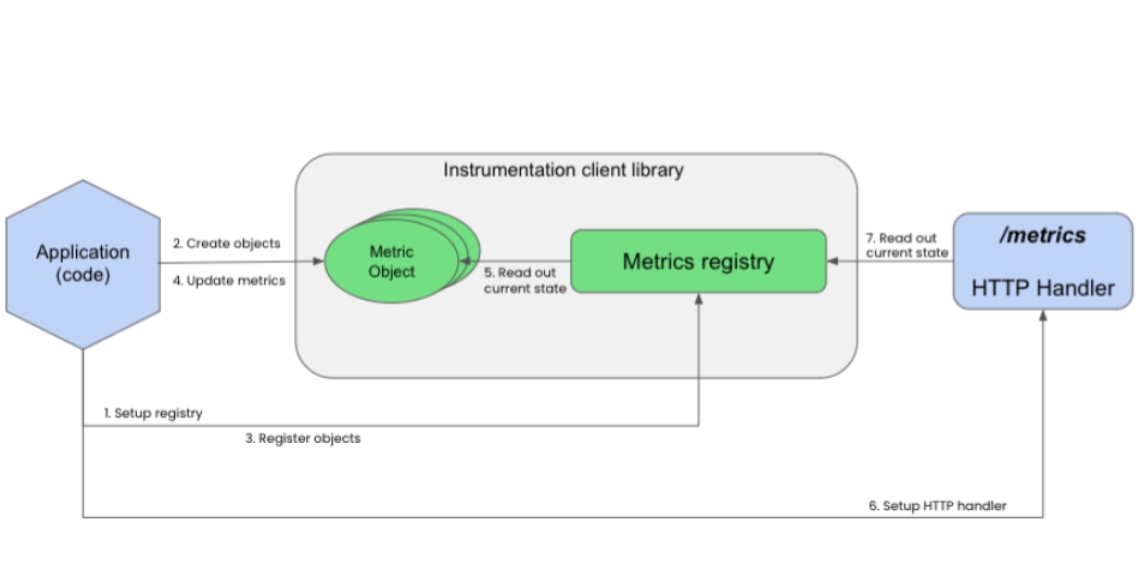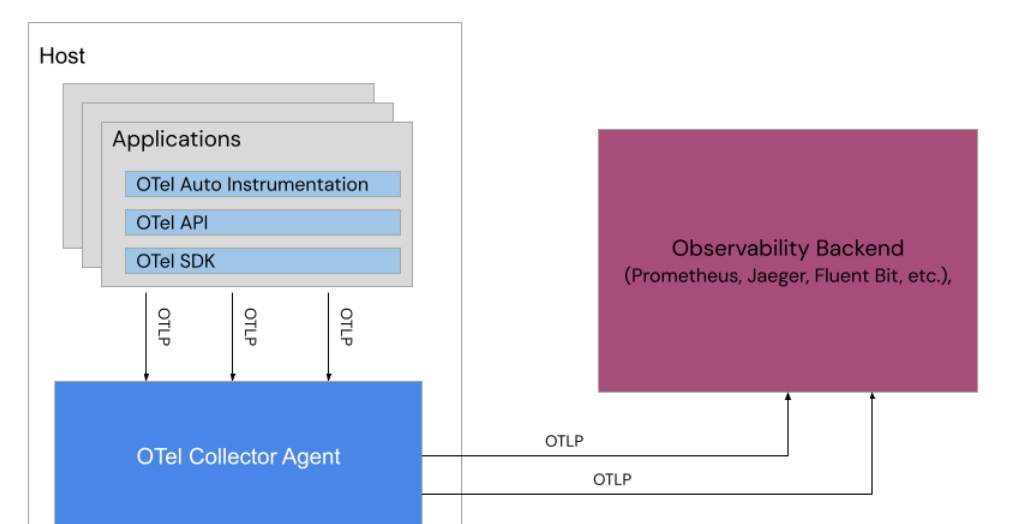Are you having a look at your company’s efforts to go into or increase into the cloud-native panorama and feeling a little bit daunted by way of the huge expanse of knowledge surrounding cloud-native observability? When you find yourself transferring so speedy with agile practices throughout your DevOps, SREs, and platform engineering groups, it is no surprise this may appear a little bit complicated.
Sadly, the decisions being made have an excellent have an effect on on each what you are promoting, your budgets, and without equal good fortune of your cloud-native projects that hasty choices prematurely result in giant complications in no time down the street.
In the former article, we appeared on the downside of underestimating cardinality in our cloud-native observability answers. Now it is time to transfer directly to any other not unusual mistake organizations make, that of ignoring our present panorama. By means of sharing not unusual pitfalls on this sequence, the hope is that we will be told from them.
This text may just even have been titled, “Underestimating Our Current Panorama.” Once we get started making plans to combine our software panorama into our observability resolution, we incessantly finally end up with massive discrepancies between making plans and results.
They Cannot Harm Me
In truth we’ve got a large number of programs in the market in our structure. The peculiar factor is right through the decision-making procedure round cloud local observability and scoping answers, they incessantly are forgotten. Neatly, now not essentially forgotten, however undoubtedly underestimated. The price that they create is within the hidden tale round instrumentation.
We now have auto-instrumentation that means it is fast and simple, however incessantly does now not carry the precisely wanted insights. On best of that, auto-instrumentation generates further knowledge from metrics and tracing actions that we’re incessantly now not that curious about.
Guide instrumentation is the actual value to supply our actual insights and the knowledge we wish to watch from our software panorama. That is what incessantly ends up in surprising or incorrectly scoped paintings (a.ok.a., prices) with it as we alter, take a look at, and deploy new variations of present programs.
We wish to stick with open supply and open requirements in our structure, so we’re going to finally end up within the cloud local requirements discovered throughout the Cloud Local Computing Basis. With that during thoughts, we will take a more in-depth have a look at two applied sciences for our cloud-native observability resolution: one for metrics and one for lines.
Instrumenting Metrics
Extensively followed and approved requirements for metrics can also be discovered within the Prometheus undertaking, together with time-series garage, verbal exchange protocols to scrape (pull) knowledge from objectives, and PromQL, the question language for visualizing the knowledge. Beneath you notice an overview of the structure utilized by Prometheus to gather metrics knowledge.
.png)
There are shopper libraries, exporters, and requirements in verbal exchange to hit upon products and services throughout more than a few cloud-native applied sciences. They make it glance extraordinarily low effort to verify we will get started accumulating significant knowledge within the type of standardized metrics out of your programs, gadgets, and products and services.
The truth is that we want to glance a lot nearer at scoping the efforts required to device our programs. Beneath you notice an instance of what’s essential to (both auto or manually) device a Java software. The method is similar for both approach.

Whilst probably the most knowledge can also be routinely amassed, that is simply generic Java data to your programs and products and services. Guide instrumentation is the fee you’ll’t overlook, the place you want to make code adjustments and redeploy.
Whilst it is great to talk about guide instrumentation within the summary sense, not anything beats getting hands-on with an actual coding instance. To that finish, we will dive into what it takes to each auto and manually device a easy Java software in this workshop lab.
Beneath you notice a small instance of the code you’ll practice on your instance software in one of the vital workshop workout routines to create a gauge metric:
// Get started thread and practice values to metrics.
Thread bgThread = new Thread(() -> {
whilst (true) {
check out {
counter.labelValues("good enough").inc();
counter.labelValues("good enough").inc();
counter.labelValues("error").inc();
gauge.labelValues("price").set(rand(-5, 10));
TimeUnit.SECONDS.sleep(1);
} catch (InterruptedException e) {
e.printStackTrace();
}
}
});
bgThread.get started();Make sure you discover the unfastened on-line workshop and get hands-on enjoy with what instrumentation to your Java programs involves.
Instrumenting Strains
Relating to tracing, a broadly followed and approved same old is the OpenTelemetry (OTel) undertaking, which is used to device and acquire telemetry knowledge thru a push mechanism to an agent put in at the host. Beneath you notice an overview of the structure utilized by OTel to gather telemetry knowledge:

Whether or not we make a selection automated or guide instrumentation, we’ve got the similar problems as in the past mentioned above. Our programs and products and services all require some type of value to device our programs and we will’t overlook that after scoping our observability answers.
The telemetry knowledge is driven to an agent, referred to as the OTel Collector, which is put in at the software’s host platform. It makes use of a broadly approved open same old to be in contact referred to as the OpenTelemetry Protocol (OTLP). Notice that OTel does now not have a backend element, as a substitute opting for to leverage different applied sciences for the backend and the collector sends all processed telemetry knowledge onwards to that configured backend.
Once more, it is great to talk about guide instrumentation within the summary sense, however not anything beats getting hands-on with an actual coding instance. To that finish, we will dive into what it takes to programmatically device a easy software the use of OTel in this workshop lab.
Beneath, you notice a small instance of the code that you’re going to practice on your instance software in one of the vital workshop workout routines to gather OTel telemetry knowledge, and later within the workshop, view within the Jaeger UI:
...
from opentelemetry.hint import get_tracer_provider, set_tracer_provider
set_tracer_provider(TracerProvider())
get_tracer_provider().add_span_processor(
BatchSpanProcessor(ConsoleSpanExporter())
)
instrumentor = FlaskInstrumentor()
app = Flask(__name__)
instrumentor.instrument_app(app)
...Make sure you discover the unfastened on-line workshop and get hands-on your self to enjoy how a lot effort it’s to device your programs the use of OTel.
The street to cloud-native good fortune has many pitfalls. Working out the best way to keep away from the pillars and focusing as a substitute on answers for the stages of observability will save a lot wasted time and effort.
Coming Up Subsequent
Some other pitfall organizations combat with in cloud local observability is the protocol jungle. Within the subsequent article on this sequence, I will percentage why it is a pitfall and the way we will keep away from it wreaking havoc on our cloud-native observability efforts.
